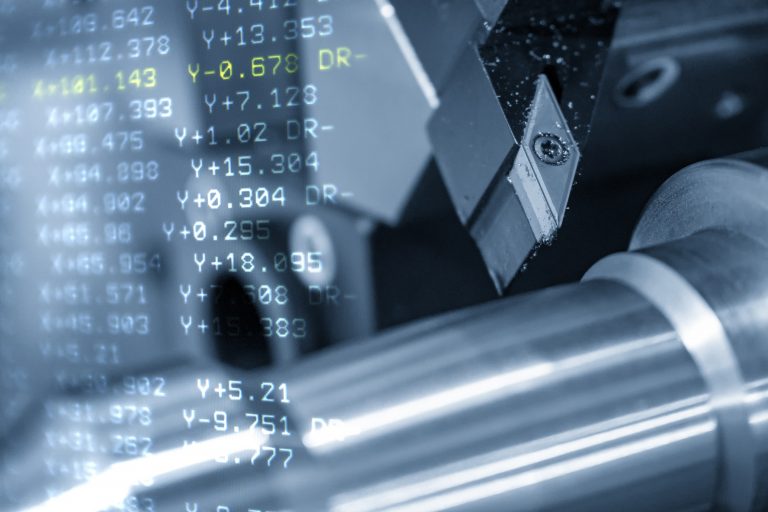My MES wishlist for 2019
Last updated on August 26th, 2022
Dear Santa,
The holidays are still more than a month away, but I wanted to send this letter in early because it might take a while to fulfill. The other kids are probably asking for seed funding or a nice big Series A, but this season, I want something that will bring joy to everyone: a big, shiny Manufacturing Execution System (MES).
Just in case you don’t know what that is (though you of all people should), here’s a brief introduction:
MES Systems 101
Mr. Kringle, you’re obviously no stranger to managing a large industrial enterprise. After all, you “employ” thousands of elves to build millions of toys every year. How can you possibly keep track of all those toys on all those assembly lines? How could anyone handle all the resource scheduling, production analysis and product quality issues?
Unless you’re a quasi-omniscient amalgam of Western folklore, you most likely need a manufacturing execution system.
A frequent victim of RAS syndrome, MES in the most general sense refers to computerized systems that monitor the process of transforming raw materials into finished products. Think of MES as the “plumbing” of a manufacturing line, where all the product and production data is collected and aggregated. If it’s a good MES, it should connect to your enterprise resource planning (ERP) system as well. (You do have one of those, right?)
The result is that everything from procurement, accounting, maintenance—even your scrap and rework rates—it’s all available in one place. Basically, anything an elf (i.e., line worker) might have done in terms of accounting for information can be handled by an MES. The benefits of such a system for a hyperborean industrialist like yourself should be clear, but you might naturally wonder why I would be asking for such a thing.

Manufacturing Data, Traceability & Completeness
MES is not an all-or-nothing prospect. You’ll most likely find it implemented on at least part of the typical factory floor—generally the newest part. On older production lines that have no MES, the data is aggregated manually. Relatively newer lines might cover the basics of MES and collect rudimentary data, such as downtime reports or scrap rates, while lines launched even more recently are collecting data from everything. When lines like that are integrated well—meaning they have a good data collection methodology—you can trace a part back through each operation and see the parameters from every critical process, all aggregated in a database.
From Acerta’s perspective, the last scenario is clearly the ideal one. If you want to use machine learning to detect the earliest indicators of future product failures, you need data—and not just any data. The two biggest differences between a company that has a MES and one that doesn’t (or one that hasn’t integrated it completely) are traceability and completeness.
Traceability, in this context, is what gives a unit on an assembly line its identity. If there’s an error partway through an assembly that leads to scrapping half the unit, it is still the same unit? That might sound like a Ship of Theseus problem, but the point is that traceability is what provides the answer to that question.
Completeness can be understood in terms of granularity. Think of measuring the distance between two planar features on a toy train. In most cases, an elf would use three probes for each surface, but only record one number for the distance. That may have been good enough in the past, but it’s woefully insufficient if you’re looking to leverage machine learning to get that last 5% improvement in quality.
Machine learning companies like Acerta need those individual measurements so we can generate the train’s planes (and automobiles) ourselves. Otherwise, the math assumes that both planes are flat when they’re most likely not. Put simply: the more granular your data is, the more opportunities you have for insight.
Of course, it’s certainly possible to have the requisite levels of traceability and completeness for machine learning without having a MES in place. It’s just that the places that do have a MES tend to be in a much better position to use machine learning compared to those that don’t. Put another way, MES is sufficient but not necessary for industrial machine learning.
The Ideal MES
You may have gotten the impression, Mr. Claus, that I’d be satisfied with any old MES in my stocking, but what I really want is the ideal one: a MES that collect all the operational production data, everything there is to measure about each unit moving through the line. The more information, the better. We apply a simple, well-worn principle at Acerta when it comes to data collection: It’s better to have it and not need it, than to need it and not have it.
I’m sure you take the same view of that emergency parachute tucked into your sleigh.
Share on social: